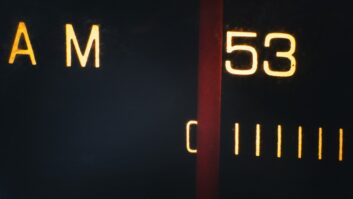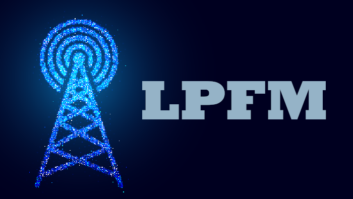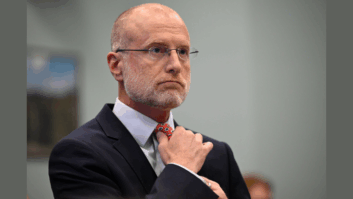INDIANAPOLIS, Ind.�The Federal Communications Commission announced that the commission�s Technological Advisory Council will tackle an issue of concern to the Society of Broadcast Engineers and many of its members.

The TAC plans to �investigate changes and trends to the radio spectrum noise floor to determine if there is an increasing noise problem,� according to a recent SBE regulatory update shared on the association�s website.
If the initial inquiry concludes that there is a problem (as it expects there is), the TAC seeks help in determining how the noise study ought to be conducted,�asking (among other questions):�
- Is there a noise problem?�
- Where does the problem exist?�
- Is there quantitative evidence of the overall increase in the noise floor across various segments of the radio frequency spectrum?�
- How should a noise study be performed?
That approach seems to be in sync with the views of SBE General Counsel Chris Imlay. In a press release, he said, �The FCC does not have a working knowledge of ambient RF levels in different environments and has not had such for years.� He notes that this makes it �impossible to know whether the Part 15 radiated and conducted emissions limits for intentional, unintentional and incidental radiators are adequate.�
The commission�s lack of� �resources� and �inclination to address individual cases of interference� make the pre-sale regulation of ambient RF especially important, according to Imlay. He concludes, �The results of this study will clearly help evaluate the adequacy of the current Part 15 and Part 18 regulations.�
However, the SBE release concludes, �The broadcast engineering community is both uniquely affected by increases in ambient noise, and uniquely qualified to participate in this study. The geographic distribution of SBE members in all RF environments makes SBE an asset to the TAC in the conduct of this study. All broadcast licensees, especially AM broadcast licensees, have a stake in this study.�
Public comments are due to the FCC by Aug. 11, and with input from its Government Relations and Executive Committees, the SBE will file its own comments. Additionally, the SBE urges members to add their two cents by contacting the� Government Relations Committee.
�





